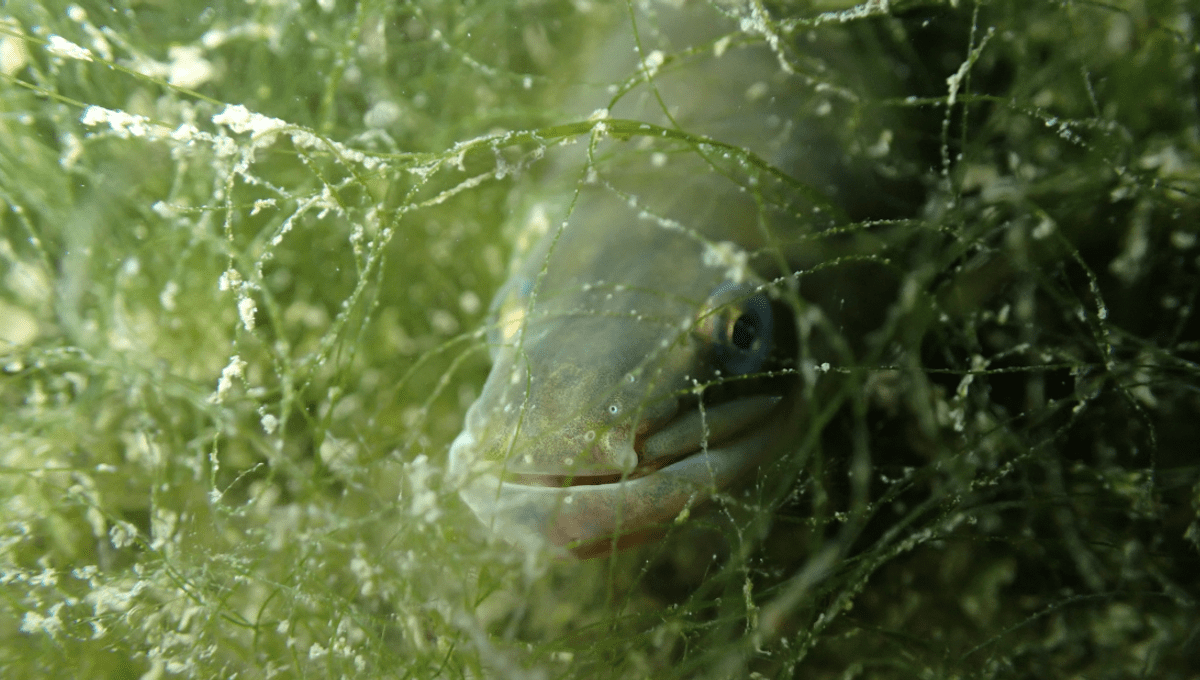
If you’ve not been up at night wondering “how do eels reproduce?” you’ve not been paying attention. Arguably one of the most gripping mysteries of science (among us eel enthusiasts, anyway), the elusive nature of eel reproduction slipped through the net of scientific understanding for centuries – literally, people have been trying to crack the case since the 4th century BCE. Now, the UK Environment Agency has made a major breakthrough.
In world-first research, scientists have tracked the epic journey of the European eel to its spawning area in the Sargasso Sea, marking a pivotal achievement in our understanding of eel reproduction. Researchers have long wondered where they spawn – and, being animals that flit between fresh and saltwater habitats like it’s no big deal, how on Earth they get there.
“This is the first time we’ve been able to track eels to the Sargasso Sea and we are delighted we have the first direct evidence of adult European eels reaching their spawning area,” said project lead and Environment Agency researcher Ros Wright in a statement. “Their journey will reveal information about eel migration that has never been known before.”
Cracking the case involved fitting 26 female European eels (Anguilla anguilla) with satellite tags back in 2018 and 2019. They were set loose in the Azores, feeding into the Atlantic Ocean, marking the furthest known point along the eel migration route for these animals to travel to the Sargasso Sea (the mysterious spot where turtles spend their “lost” years).
Of those 26 eels, 23 returned data across a period of six to 12 months. Just three made it to the Sargasso Sea. Incredibly, it was revealed that the migration to this significant spawning site takes over a year for adult eels.
A harrowing stat when you consider that once hatched, the mini eel larvae must the return journey to European waters. This seemingly insurmountable task is helped along by ocean currents on the North Atlantic Drift and once in their home turf they make the journey in land to freshwater river habitats as glass eels.
The team behind the monumental discovery hopes to delve deeper into the intricacies of eel reproduction, uncovering how they can navigate across such enormous distances, with the total migration route expected to clock up to 10,000 kilometers (6,213 miles). With their data representing the last 2,500 kilometers (1,554 miles) leg of that journey, we have some way to go in cracking the finer details of eel reproduction – but increasing our understanding brings us closer to being able to protect this vulnerable species.
“The European Eel is critically endangered so it is important that we solve the mystery surrounding their complete life-cycle to support efforts to protect the spawning area of this important species,” Wright added.
Source Link: Mystery Of Eel Reproduction Unravelled In World First Discovery